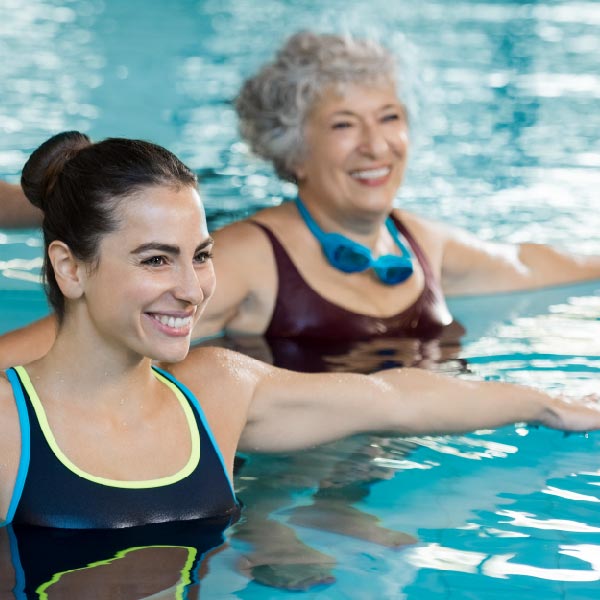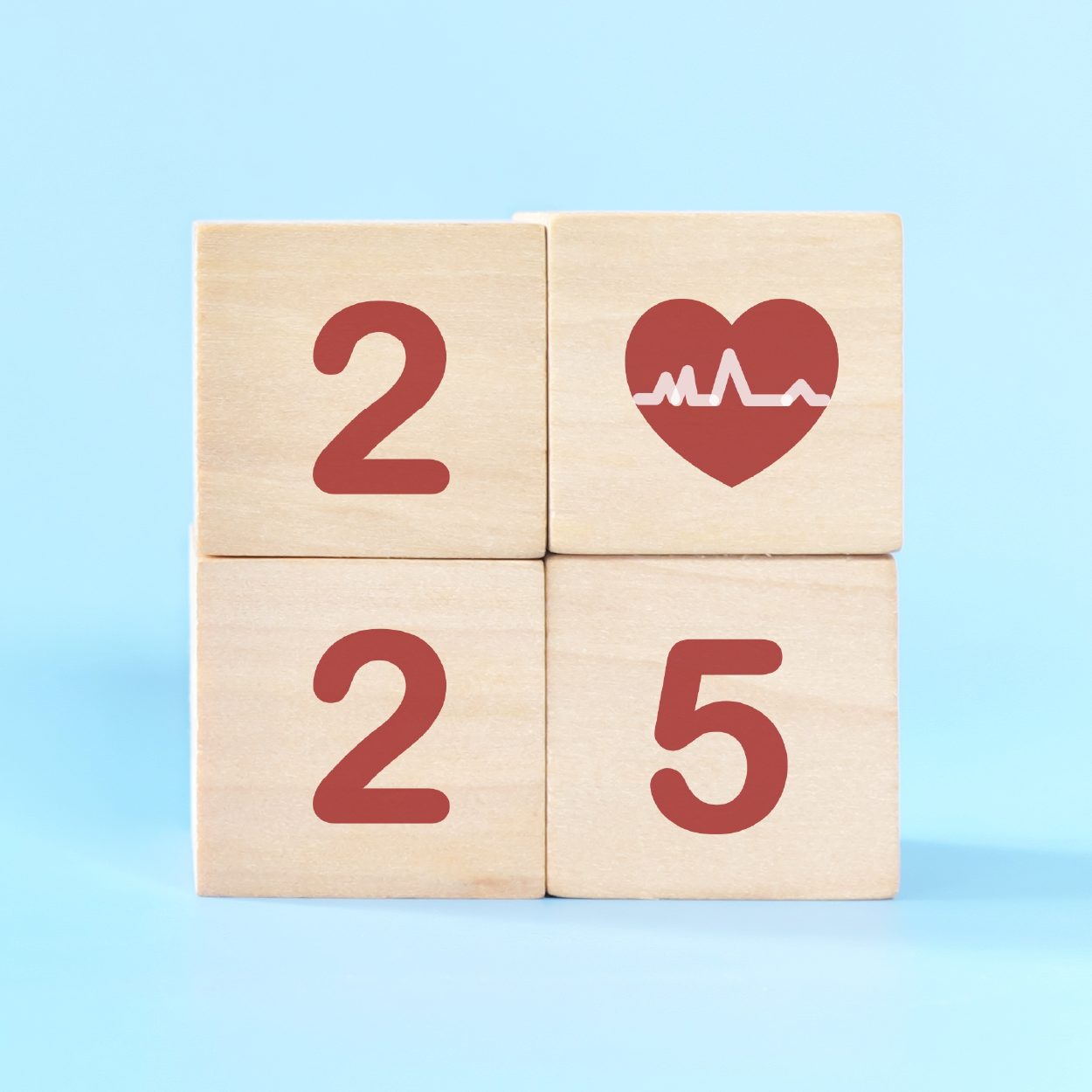Low-impact exercise offers several of the same benefits of high-intensity workouts, only without the stress and physical demands of higher intensity workouts.
Starting an exercise program can be daunting, especially if it’s been a while since you’ve followed a regular exercise program. One way to re-introduce physical activity and exercise into your daily routine is through low-impact exercise. As its name suggests, low-impact exercise involves physical activities that put minimal stress or force on your joints — movements that are easy, gentle, or fluid are considered low impact. Low-impact exercise offers several of the same benefits of high-intensity workouts, only without the stress and physical demands of higher intensity workouts.
Who is low-impact exercise right for? Everyone! Low-impact exercise is ideal for people of all ages and fitness levels — this includes beginners and those with more experience, as well as younger and older adults. Low-impact exercise is well-suited for anyone with joint issues or anyone who is recovering from an injury; the movements are designed to minimize the force on weight-bearing joints while building cardiovascular fitness, increasing lean muscle mass, reducing your risk of type 2 diabetes, and losing weight.
Benefits of Low-Impact Exercise
Beginning with a low-impact exercise program provides a foundation on which to build. As you begin to improve cardiovascular health and functioning, increase strength and flexibility, and lose weight, you are setting yourself up to participate in more moderate to intense workouts, if that is your goal.
Weight Loss
While you may not burn the same number of calories with low-impact exercise as you would with higher intensity workouts, you will still create an energy deficit. Low-impact exercise will also boost your metabolism, which will further contribute to creating an energy deficit. The weight loss associated with low-impact exercise can mitigate your risk of type 2 diabetes and cardiovascular diseases.
Cardiovascular Health
Low-impact exercise can lower your blood pressure, reduce your bad cholesterol level, improve your Vo2 max (the maximum rate of oxygen your body is able to use when exercising), enhance circulation, lower your resting heart rate, and improve your overall cardiovascular health. Low-impact exercise raises your heart rate, which is key in improving cardiovascular health and fitness.
Reduce Injury Risk
Low-impact exercise promotes strength and can be an effective way to rehab an injury or prevent injuries. For example, building strength can improve balance and flexibility and consequently reduce the risk of musculoskeletal injuries. Low-impact exercise can improve range of motion and flexibility, making daily activities easier and safer. Low-impact activities like yoga, Pilates, or tai chi promote joint flexibility and strength.
Mental Health and Well-Being
Exercise improves overall well-being by reducing stress and anxiety and lowering your risk of depression. Exercise also boosts your mood, helps you sleep better, improves cognitive function, and lowers your risk of dementia or Alzheimer’s. Low-impact exercise can improve your overall quality of life.
Getting Started with Low-Impact Exercise
Finding the right type(s) of exercise for you may take some time. Fortunately, there are several types of low-impact exercise to consider:
- Walking is free and requires only a good pair of walking shoes. As a weight-bearing exercise, walking strengthens your bones and muscles, and can reduce your risk of falling.
- Cycling is a low-impact activity that will build leg strength, core strength, and increase cardiovascular fitness.
- Swimming is a non-weight bearing activity that can improve range of motion and work multiple muscle groups simultaneously.
- Elliptical machines. Like walking, an elliptical machine is in the category of a weight-bearing activity. Elliptical machines mimic the motion of walking, but in a more fluid motion without putting any stress or force on your joints.
- Yoga, Pilates and Tai Chi. Each of these activities promote fluid, deliberate motions that promote strength, balance, proper alignment of your spine, and flexibility.
- Resistance Training. Resistance training helps build lean muscle mass because it requires you to push or pull against the resistance of an object. Resistance bands are commonly used as part of resistance training. Yoga and Pilates are considered types of resistance training. Resistance training facilitates the preservation of lean muscle mass, which is important during weight loss. Consider adding resistance training as part of your low-impact exercise program.
There are many ways to be active. Including low-impact exercise with a low-calorie, healthy diet will optimize your chances for living a sustainable healthy, active lifestyle. Before beginning any exercise program, talk with your doctor to discuss options that are right for you and for your needs, especially if you have underlying musculoskeletal issues or injuries that have made exercise of any kind difficult in the past.
About the Author: Dr. Dawn M. Sweet has over 20 years of experience in the field of communication. Sweet has given several invited talks to and workshops for academic and private sector audiences on the role of nonverbal and verbal communication in achieving positive outcomes and mitigating bias. Her research has been published in several top ranked peer-review journals, and it has been featured on NPR’s River to River / All Things Considered, Buzzfeed, and Science Daily. Her research has also been used to inform expert testimony.
* Wegovy® and Ozempic® are registered trademarks of Novo Nordisk A/S. Novo Nordisk is a registered trademark of Novo Nordisk A/S.





